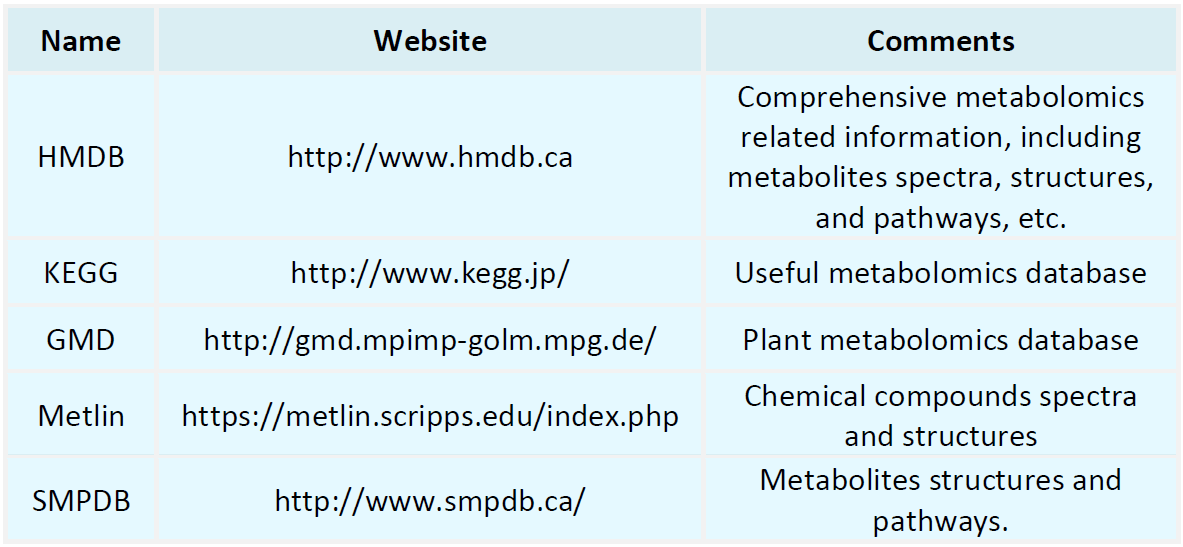Resources
Proteomics Databases

Metabolomics Databases

-
• Insights into Amino Acid Content Determination Methods
Amino Acids and the Origin of Life Amino acids, as the building blocks of life, are the fundamental elements that make up proteins. The types and proportions of amino acids determine the structure and function of proteins. Therefore, accurate determination of amino acid content is crucial for understanding protein conformation in living organisms.
-
• The Differences Between Histone Ubiquitination and Phosphoproteomics
Protein modification plays a crucial role in understanding cellular signaling and disease mechanisms in the field of biopharmaceuticals. Ubiquitination and phosphorylation are two common protein modification methods that play indispensable roles in cellular processes.
-
• Studying Specific Acetylation Sites on Histones Using WB
Histone acetylation is a common protein modification that changes the function and structure of proteins by adding acetyl groups to specific sites on the histone protein chain. Histone acetylation plays an important regulatory role in cells and is involved in regulating processes such as gene expression, cell cycle, and cell differentiation.
-
• Main Types of Modifications on Histones
Histone is one of the most important proteins in the cell nucleus, playing a crucial role in maintaining genome structure and function. However, histones are not static, as they can be regulated through a series of modifications that affect gene expression and chromatin state. This article will introduce the main types of histone modifications and explore the applications and prospects of glycan identification in research.
-
• Glycosylation Identification of Recombinant Proteins
Glycosylation is an important protein modification method that plays a key role in cellular signal transduction, protein stability, and functional regulation. By identifying glycosylation of recombinant proteins, researchers can explore new targets and further analyze the association between these targets and cellular function.
-
• The Distribution and Functional Analysis of Acetylation Modification on Histones
Acetylation modification is a common protein modification method, which refers to the addition of an acetyl group (CH3CO-) to the protein. This modification mainly occurs on histones, which are the major components of chromatin and play an important role in gene expression regulation.
-
• What Common Techniques and Methods Are Used in Glycomics MS?
Glycomics is the discipline that studies the composition, structure, and function of sugar molecules in living organisms. Sugar molecules play important roles in biological processes such as cell signaling, protein modification, and immune response. Glycomics research is significant for understanding disease mechanisms, drug development, and biotechnology. Mass spectrometry is one of the commonly used techniques in glycomics analysis.
-
• How Does Glycomics Reveal the Full Picture of Protein Glycosylation
Glycomics is a method of studying the structure and function of biomacromolecules (such as proteins, RNA, and DNA) in living organisms. It involves measuring the interactions between these macromolecules and other molecules to understand their structure and function. Protein glycosylation refers to the process of protein modification by attaching sugar or polysaccharide chains. This modification can alter the function of the protein, thereby affecting the overall functioning of the biological system.
-
• Qualitative and Quantitative Study Techniques for Syrup Samples
Carbohydrates are one of the most common organic molecules in living organisms and are essential components of biopharmaceuticals. Therefore, the analysis and study of carbohydrate composition are particularly important. This article will introduce the qualitative and quantitative research techniques for liquid sugar samples, helping readers better understand the methods of carbohydrate composition analysis.
-
• Analysis of Protein Acetylation Modifications
In the complex cellular processes, protein acetylation modification plays a crucial role, especially histone acetylation has the most profound impact. However, how can we quantitatively determine this important biological process? Today, let's explore the fascinating world of histone acetylation detection together.
How to order?







